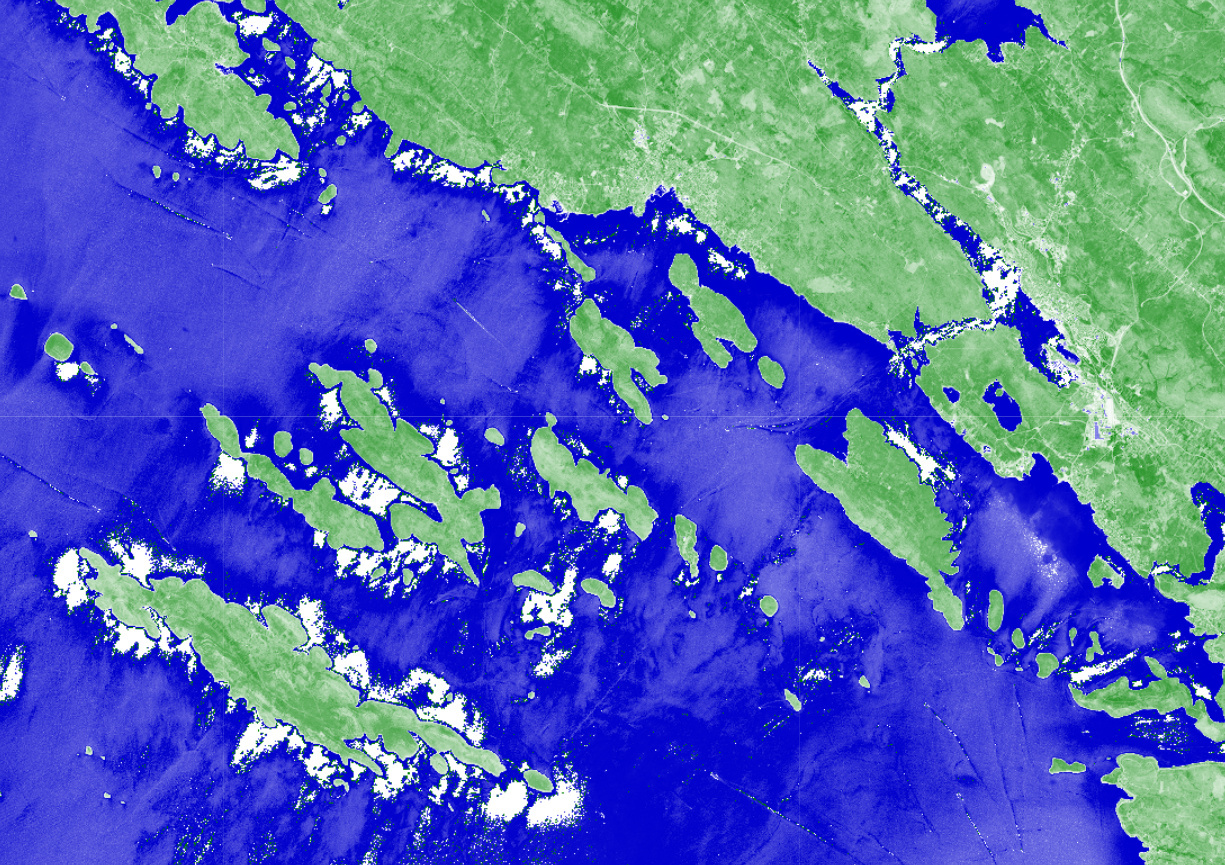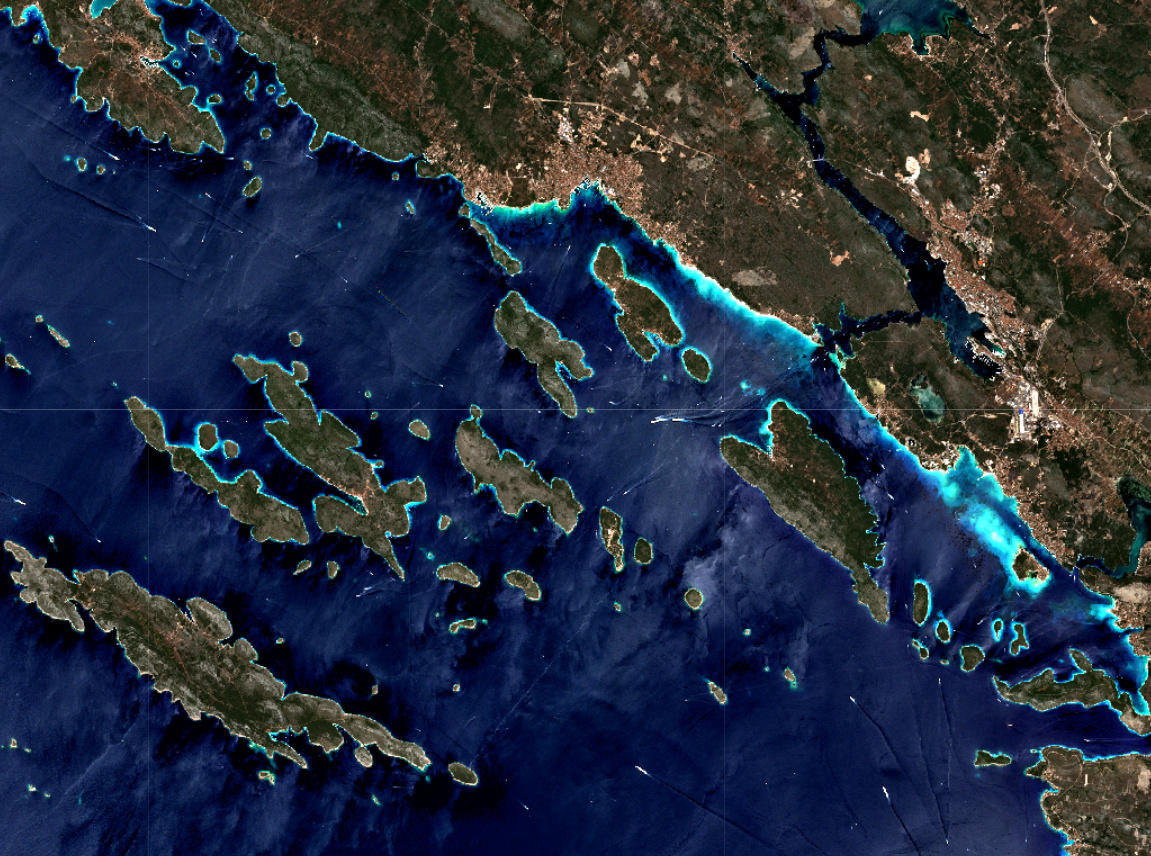Hi - the BAD script (pun not intended) is highlighting areas over the waters of a marsh/lake for a specific timeframe. Part of it I know as being related to real fires, but I see the results as recurrent over months.
How likely is it that they’re false positives? I can provide the specifics but would prefer to do so in private if possible (it’s related to research I’ll publish soon). Pinging Monja Šebela who I see is the script’s author. Thanks!



